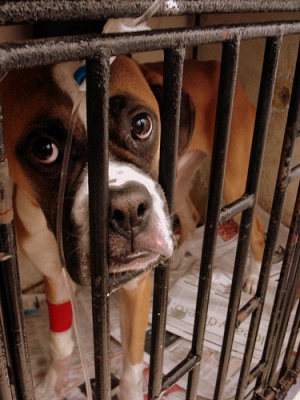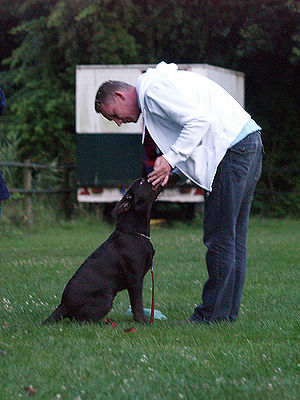
Spondylosis is a degenerative disorder meaning it grows worse with time. It causes loss of spinal structure and function. Bone spurs (osteophytes) form at the edges of vertetrae, sometimes forming bony bridges between them. Usually, the lower back is affected, but it can occur in the neck and anywhere along the spine.
Spondylosis is an idiopathic disorder which means that the cause is unknown. It usually occurs with aging pets, but some doctors feel that trauma to the spine or ruptured discs contribute to the disorder.
Spondylosis is seen much more in often in dogs than cats. Most pets show no signs of the condition, but those that do can become lame, have discomfort and back pain and muscle atrophy. Diagnosis is made through x-rays and CT scans.
Treatments can include restricted activity and weight loss along with pain relievers and anti-inflammatories. Surgery is sometimes recommended to remove the bone spurs and relieve pressure on the spinal cord. Acupuncture and physical therapy have been shown to help.
Pets with spondylosis can live good lives though their flexibility and movement may be restricted.


